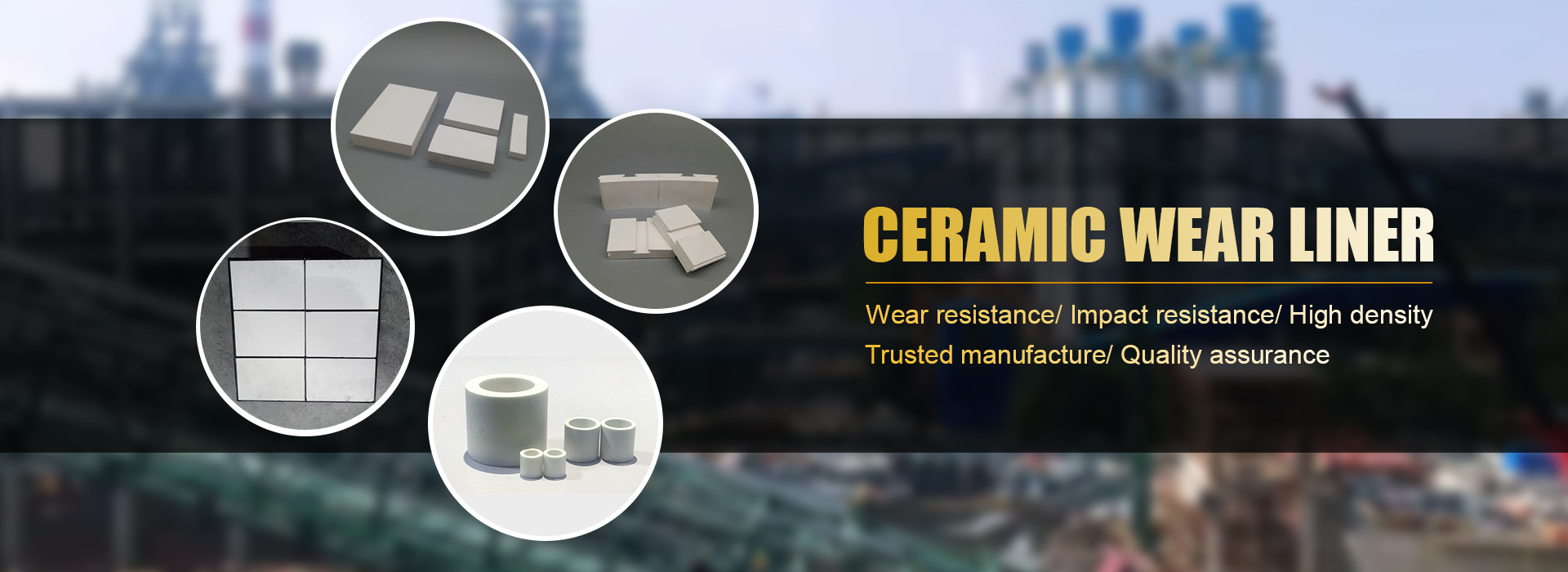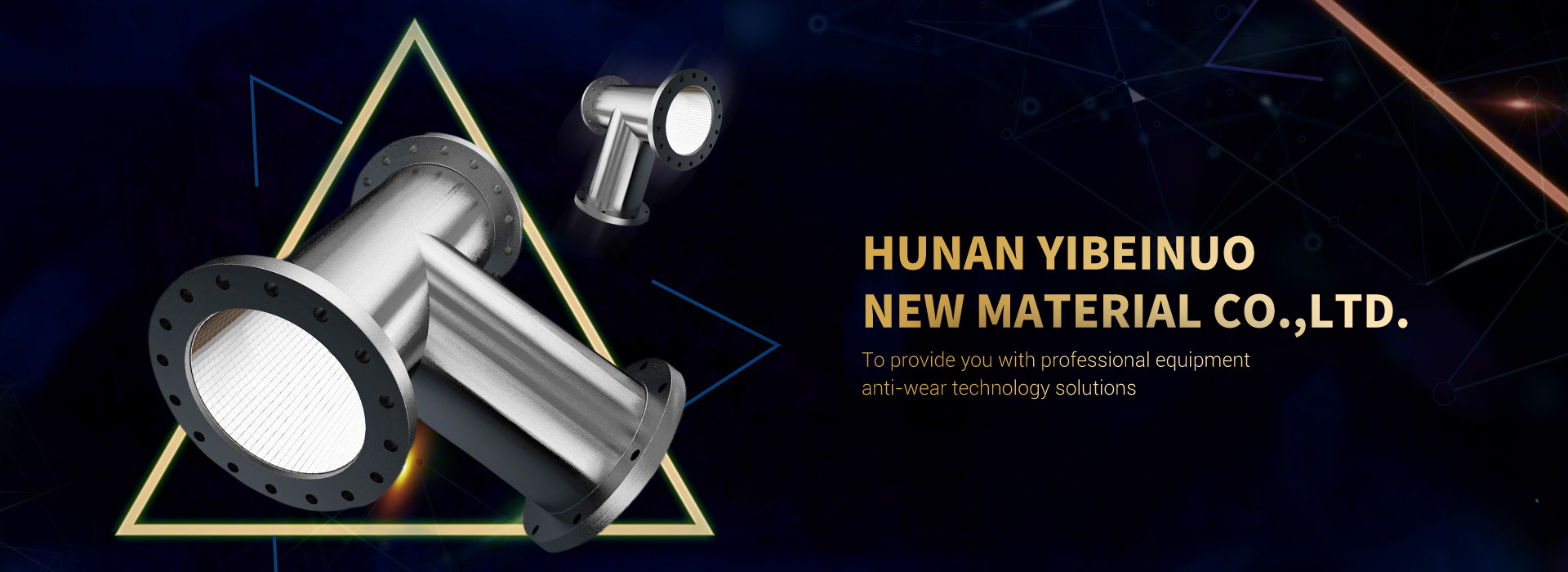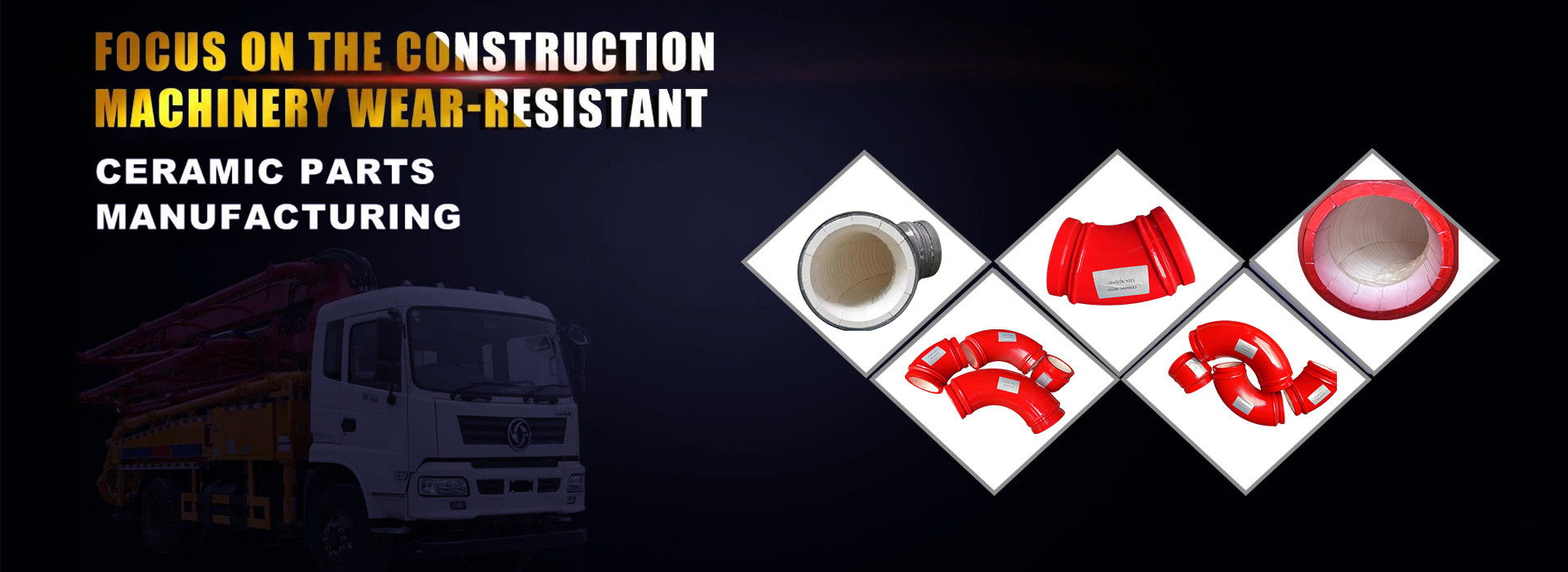The pipelines within a factory are the "arteries and veins of industry," transporting powerful media like ore slurry, acid, and high-temperature gases. However, these media are all capable of withering attacks: sand and gravel impact the pipe walls like a steel brush, acids and alkalis erode like hidden corrosives, and high temperatures and high pressures create a double torment. To extend the life of the pipes, they are lined with a protective layer—alumina.
Three common protective layers come in three forms: alumina ceramic rings, welded ceramic plates, and adhesive ceramic sheets. What are their unique capabilities? Why are ceramic rings becoming the preferred choice for a growing number of factories? This article examines these three materials from a pipeline perspective to help you choose the right protective layer for you.
Pipe linings shoulder the important task of protecting pipelines and ensuring transportation, with the following specific requirements:Abrasion resistance: Able to withstand the impact of solid particles such as ore and coal dust, acting like a solid "shield" and effectively reducing wear on the inner wall;Corrosion resistance: Resistant to corrosive fluids such as acids, alkalis, and salts, preventing corrosion and perforation in the pipeline;Easy installation: Minimize downtime, reduce labor costs, and facilitate installation.Easy maintenance: Any local damage can be quickly repaired without requiring extensive disassembly and replacement.High-temperature resistance: Maintains stable performance in high-temperature fluids, such as flue gas temperatures exceeding 300°C, without softening or cracking.
Alumina Ceramic SleeveStructure: Manufactured in a circular shape using a monolithic sintering process, the ring's inner diameter, outer diameter, and thickness are precisely tailored to the pipe's specifications, ensuring a tight fit.
Core AdvantagesExtremely Wear-Resistant and Impact-Resistant: Alumina boasts a hardness of 9, second only to diamond, and boasts a service life 5-10 times that of ordinary steel pipes.Excellent Corrosion Resistance: Acids and alkalis are impervious to corrosion, effectively eliminating wear issues in chemical pipelines.Excellent Sealing: The integrated structure minimizes joints, significantly reducing the risk of fluid leakage.Easy and Low-Cost Maintenance: In the event of localized wear, only the damaged ceramic rings need to be replaced individually, eliminating the need for complete replacement. This saves costs and reduces equipment downtime.Applications: Suitable for slurry pipelines, chemical acid pipelines, high-temperature flue gas pipelines, power plant ash pipelines, and other applications. It can easily handle complex operating conditions characterized by heavy wear, severe corrosion, and high temperatures.
Alumina Ceramic Plate Welding Process AnalysisAlumina ceramic plates can be welded to the inner wall of a pipe, creating a protective structure similar to "ceramic tiles welded to the inner wall of the pipe." Their performance characteristics differ significantly from adhesive-bonded ceramic plates.
Core Advantages Compared to Adhesive Plates
Higher Joint Strength: Welding is achieved by fusing or brazing the metal and ceramic, creating a stronger joint structure. In low-temperature, low-pressure environments with static fluids (such as clean water or mildly corrosive liquids), and provided the welding process meets standards, the welded plate adheres more tightly to the pipe and is less likely to fall off under fluid impact.
No Adhesive Aging Risk: Reliance on adhesives is eliminated, fundamentally avoiding the risk of adhesive aging and failure in high-temperature, corrosive environments. When operating temperatures do not exceed 100°C and there is no severe corrosion, and provided the welds are flawless, welded plates generally offer better long-term stability than adhesive plates.
Better Structural Integrity: Welded plates are often designed as single pieces or large-scale spliced structures, providing a stronger overall continuity compared to the smaller, multiple-piece construction of adhesive plates. In scenarios where fluid impact is relatively uniform (such as low-speed, low-concentration slurry transportation), fewer structural gaps and less fluid accumulation can reduce the risk of localized corrosion.
Main Disadvantages of Welding:
Construction Difficulty: The melting point of alumina ceramic (approximately 2050°C) is much higher than that of metal pipes (e.g., steel, approximately 1500°C). The ceramic is prone to cracking due to the large temperature difference during welding, requiring extremely high technical skills.
High Risk of Thermal Stress Damage: The thermal expansion and contraction coefficients of metal pipes and alumina ceramic plates differ significantly. After high-temperature welding, the welded area is prone to cracking or shedding due to concentrated thermal stress when the ambient temperature fluctuates.
Alumina Ceramic Sheet Bonding Process OverviewSmall-sized alumina ceramic sheets are bonded to the inner wall of pipes using adhesive, similar to "mosaicing a pipe." Compared to welded plates, this process offers the following advantages and disadvantages.Core Advantages (Compared to Welded Ceramic Sheets)High Installation Flexibility: Small-sized tiles can be flexibly bonded to irregular surfaces such as pipe bends and flange joints.Low Initial Cost: Requires only adhesive and basic tools like scrapers and rollers; no welding equipment or specialized personnel are required, making it suitable for budget-constrained or temporary repairs.Easy Local Maintenance: If damaged, individual tiles can be scraped off, the adhesive removed, and re-attached, minimizing downtime.Suitable for Low-Temperature Applications: Specialized high-temperature-resistant adhesives (such as epoxy resins) provide stable performance for 3-5 years in temperatures ≤100°C and in non-corrosive fluids (such as sewage or weakly acidic liquids), meeting basic wear resistance requirements. The overall cost may be lower than welded plates.
Main DisadvantagesGlue easily ages and loses its effectiveness: At temperatures ≥100°C or in corrosive fluid environments, the adhesive will fail within 3-5 years, causing the tiles to peel off like wallpaper.
Many joint gaps: The large number of small tiles required for jointing creates gaps that can become weak points for fluid erosion and corrosion.
Sealing risks: Gaps can become channels for fluid leakage, a risk that is more pronounced under high-pressure conditions.
Alumina Ceramic Pipe Protection Solution Selection Recommendations
Based on different operating conditions, the applicable scenarios and key features of alumina ceramic protection solutions are listed below, allowing you to select the solution you need.
Alumina Ceramic Sleeve
Designed specifically for curved pipeline structures, they offer outstanding wear resistance, corrosion resistance, and sealing. They are particularly suitable for extremely harsh operating conditions characterized by "heavy wear, severe corrosion, and high temperatures," providing comprehensive protection.
Welded Alumina Ceramic Plates
Recommended for applications with uniform fluid impact and relatively stable temperatures. A proven welding process is essential to avoid thermal stress cracking or unstable connections.
Bonded Alumina Ceramic Sheets
Suitable for low-temperature, low-pressure, and low-wear environments, such as conveying low-concentration slurries and pulverized coal. They can also be used as temporary or emergency repair solutions. Their core advantages include flexible installation, low initial cost, and simple ongoing maintenance.

 Your message must be between 20-3,000 characters!
Your message must be between 20-3,000 characters! Please check your E-mail!
Please check your E-mail!  Your message must be between 20-3,000 characters!
Your message must be between 20-3,000 characters! Please check your E-mail!
Please check your E-mail! 


